Up to 10 new buildings, with a development value of more than £1bn are to be built over 10 years creating over 1,400 new homes and hundreds of jobs.
The phase two site extends across eight plots on the north eastern part of the site and will provide: over 50,000 sq m of business accommodation, over 4,000 sq m of live/work units, 1,871 homes including town houses, over 4,400 sq m of retail and leisure space and over 1,800 car parking spaces.
Each plot has been designed by a different architect, with a sixth firm co-ordinating the overall layout.
Key elements of phase 2 (in blue)
The Arcade
– retail/leisure and office space around a pedestrian arcade with office space above.
Studio Square
– office building and pocket park.
Georgian Square
– a new public courtyard, a six-storey podium on top of which would be two slender taller buildings of 14 and 25 storeys with residents terraces and winter gardens, and 18 three-storey live/work units and separate commercial office space.
Market Square
– a contemporary ‘village hall’ with seating for dining and square for markets and events.
London Square
– 14 three storey town houses with 460 apartments on the upper floors, and gym, cinema room and shared office space.
Northern Edge
– a new ‘gateway’ to MediaCityUK comprising three buildings with 632 apartments, six two storey live/work units, office space, retail and leisure uses, a cycle hub and three multi-storey car parks.
Salford City Mayor Paul Dennett said: “Back in 2006, Salford City Council granted planning permission for 15.1 hectares of development. Phase one has successfully been completed and now we are moving towards the second phase which will see MediaCityUK double in size” he said.
“This phase will focus on creating welcoming neighbourhoods where people can live and work, socialise and enjoy events. It’s a very exciting development for Salford.”
Stephen Wild, Managing Director, MediaCityUK added: “Like any city, we continue to grow in line with the needs of businesses, and our ambition to create more exciting experiences for visitors and residents. The plans approved today show the huge potential for the MediaCityUK of 2026.”
Buildings planned in detail
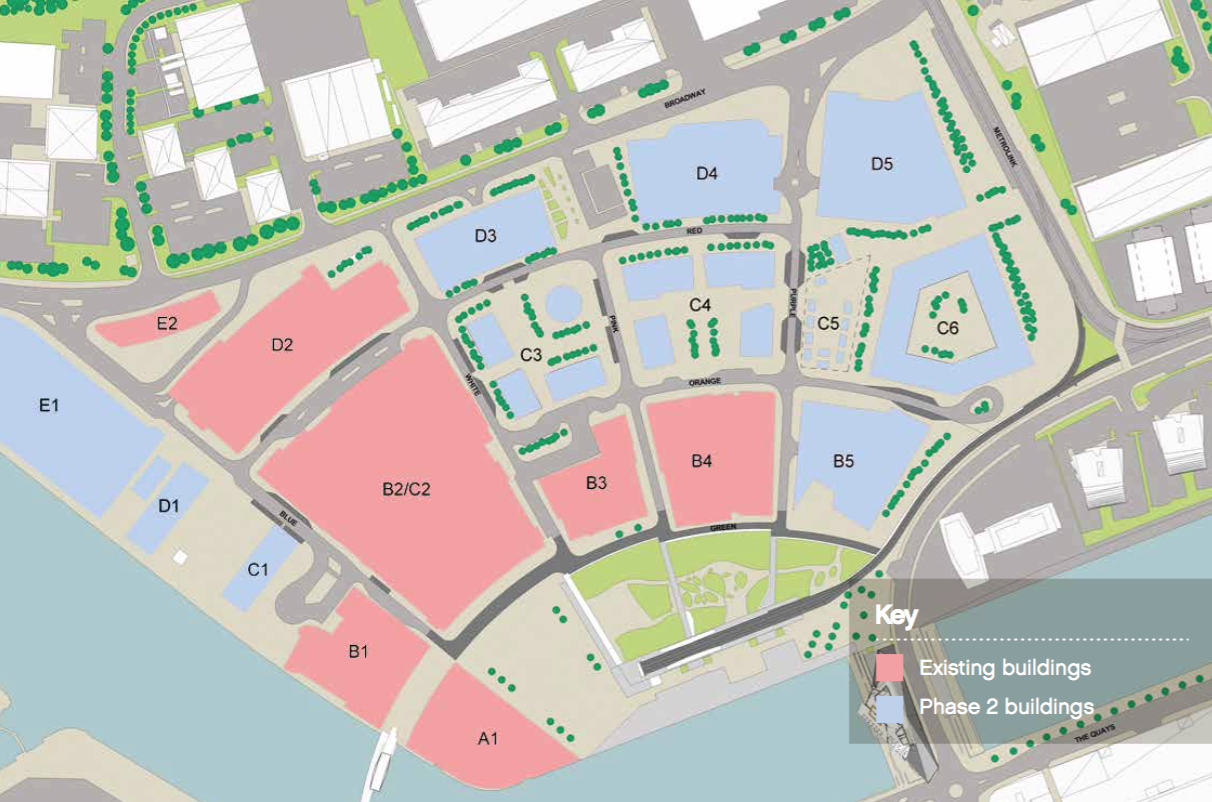





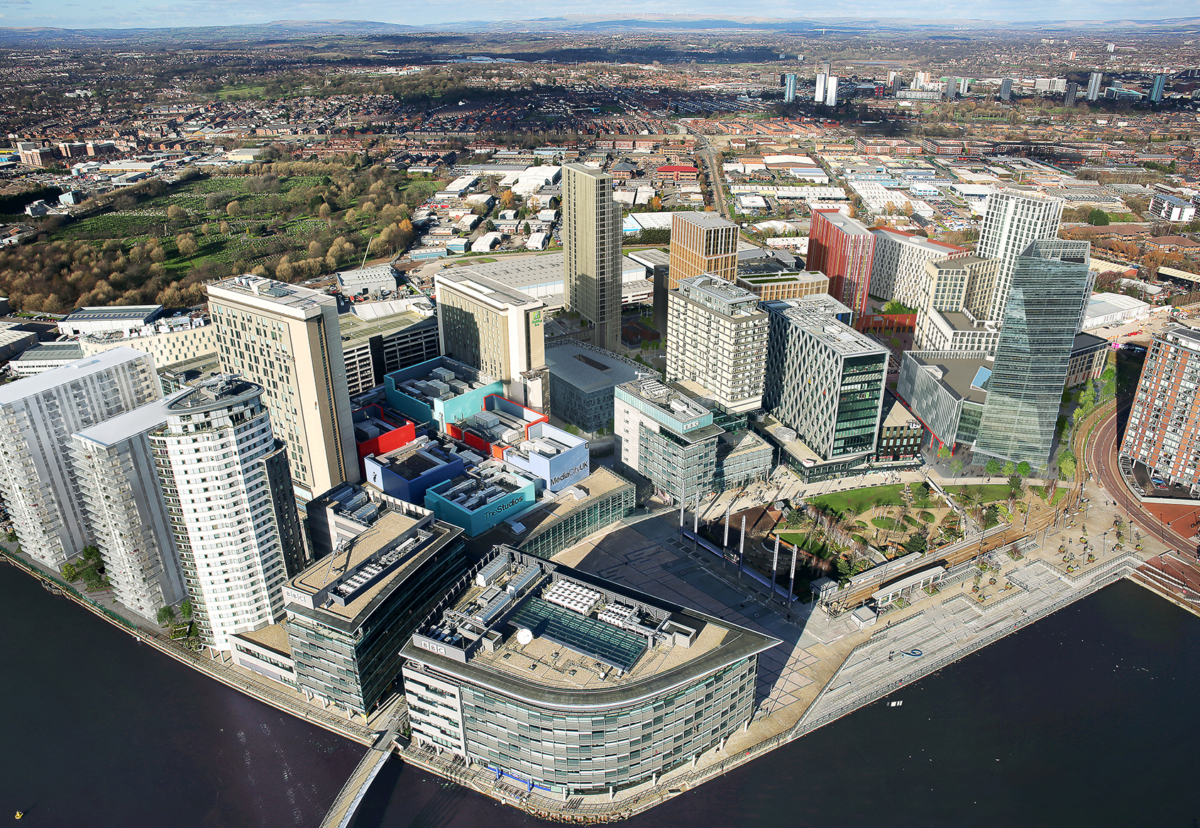
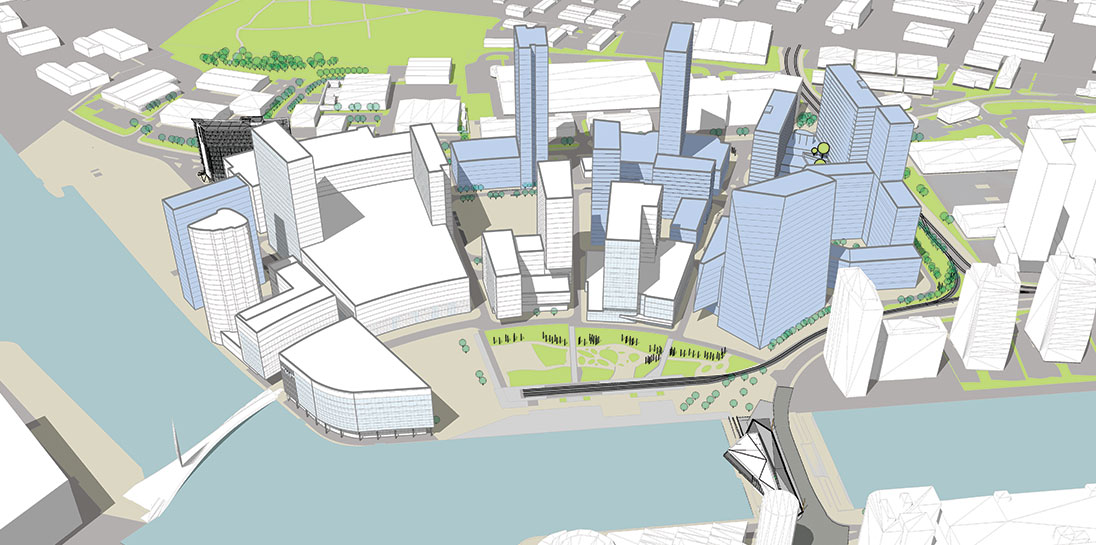


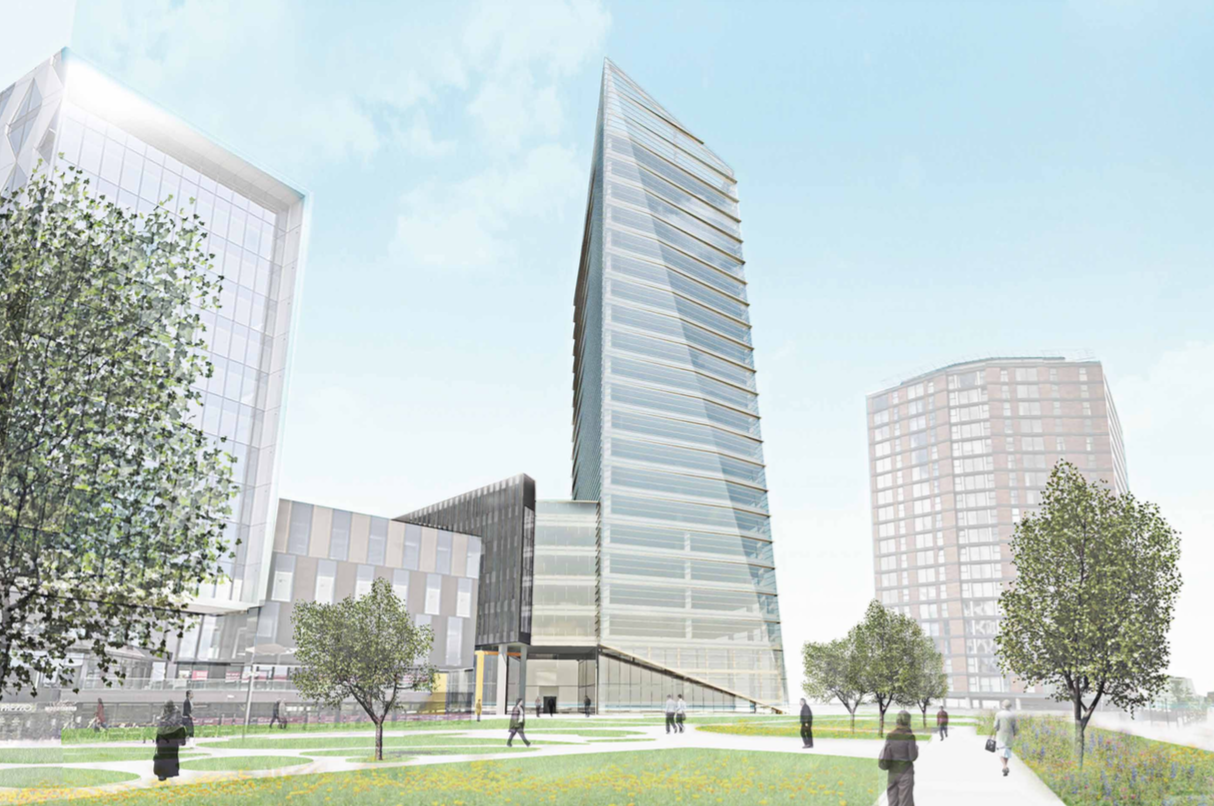
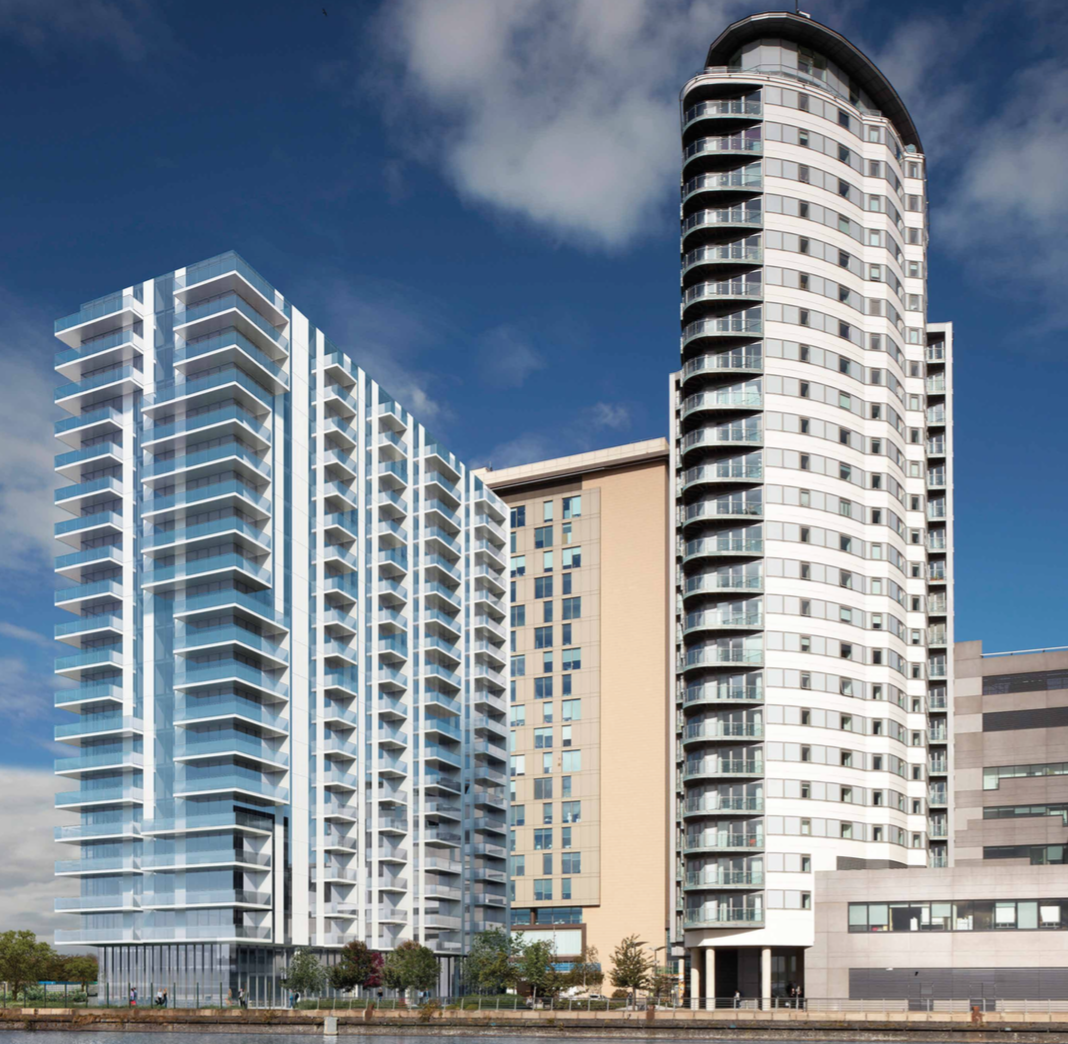
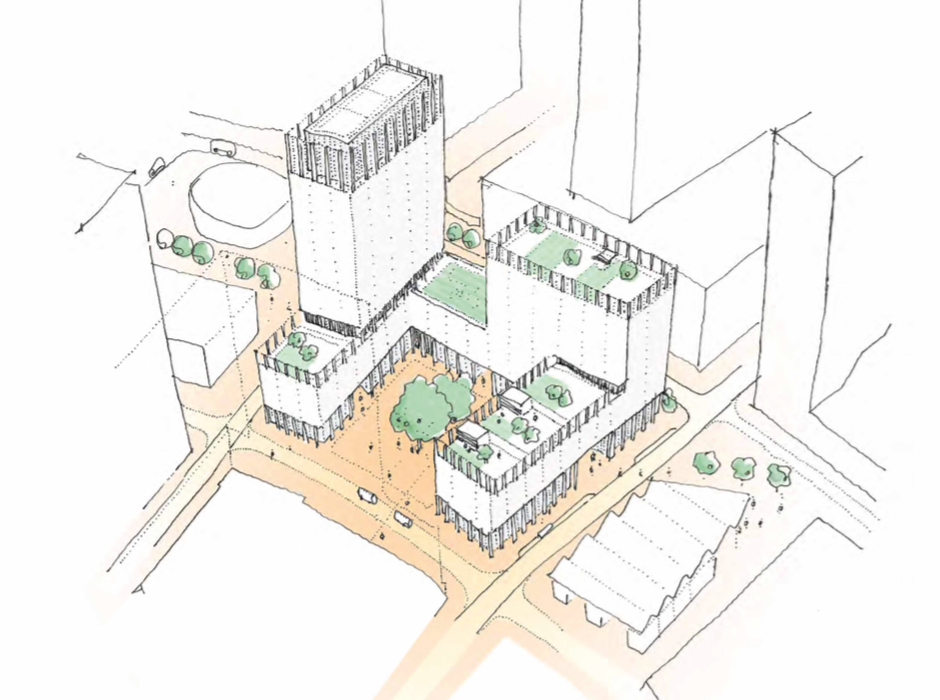
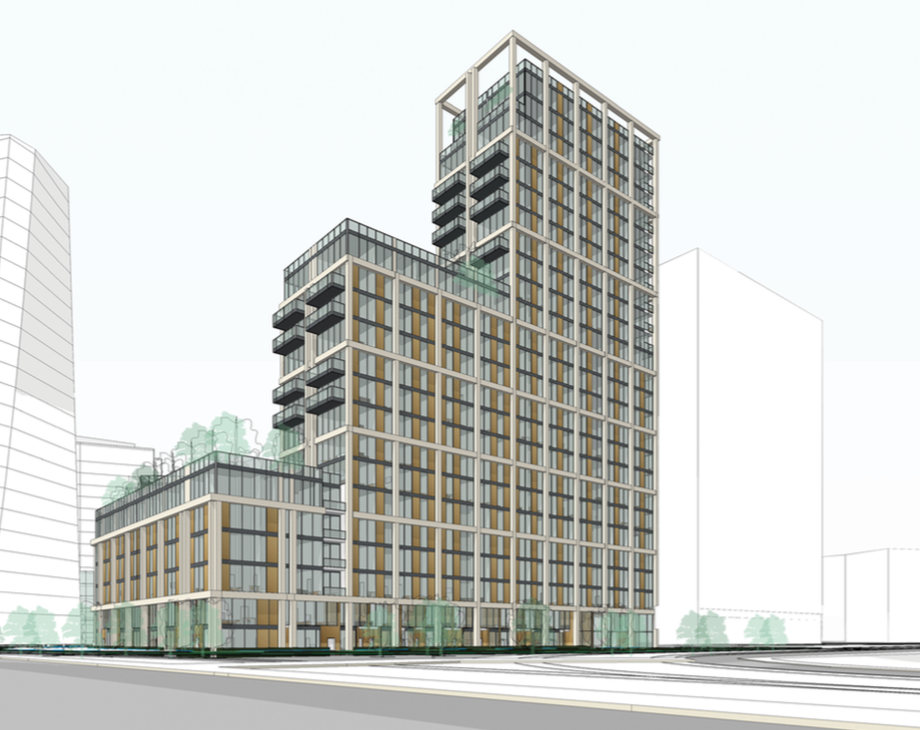
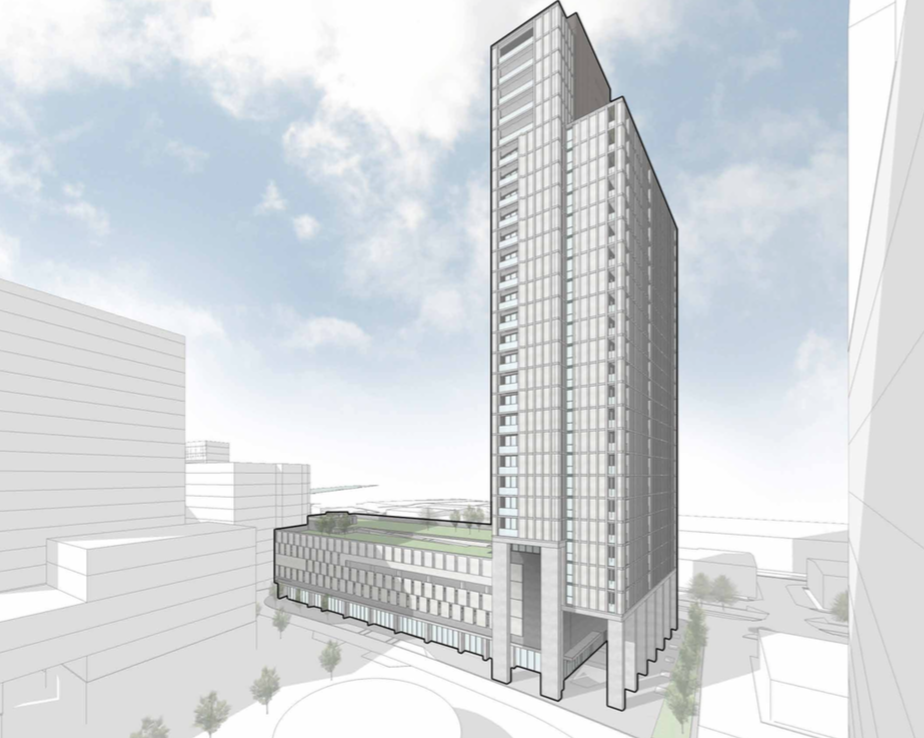
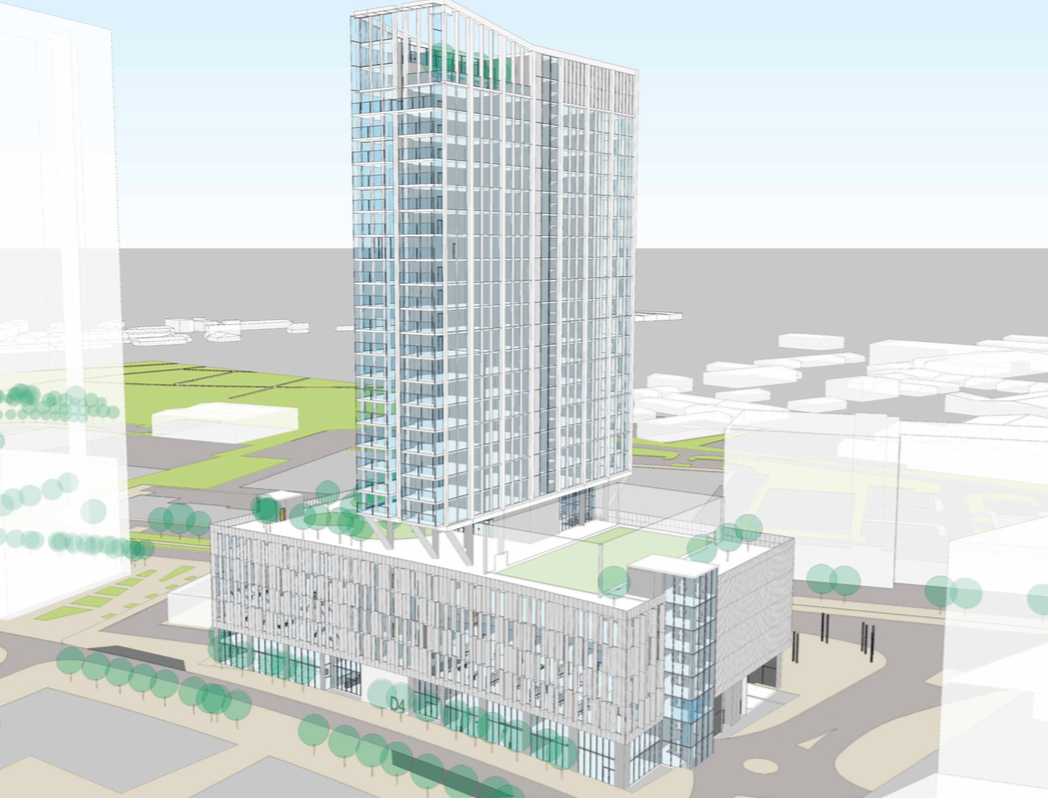
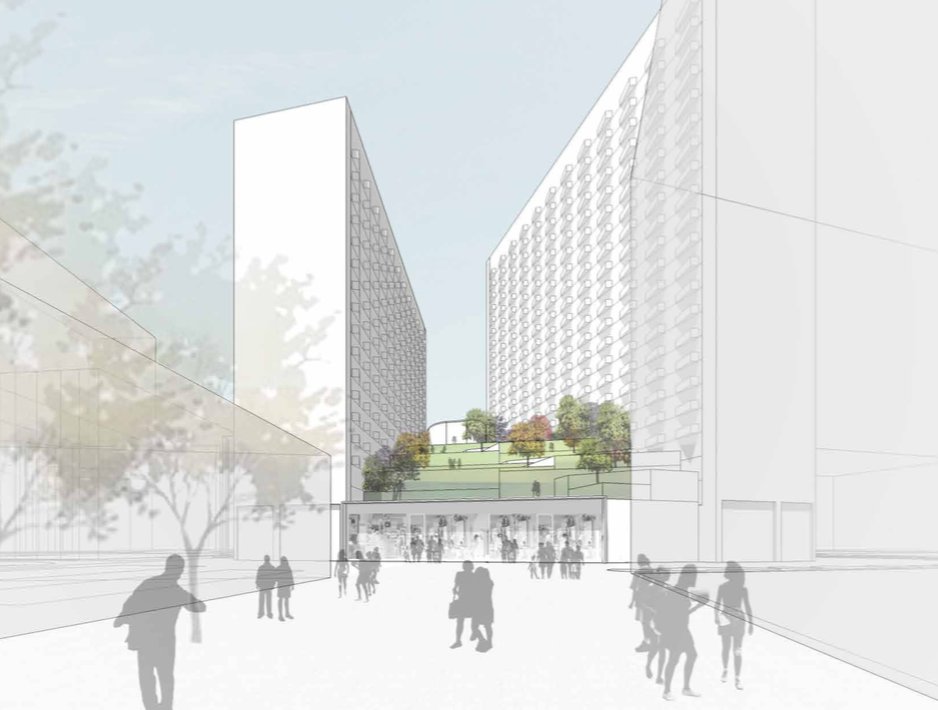
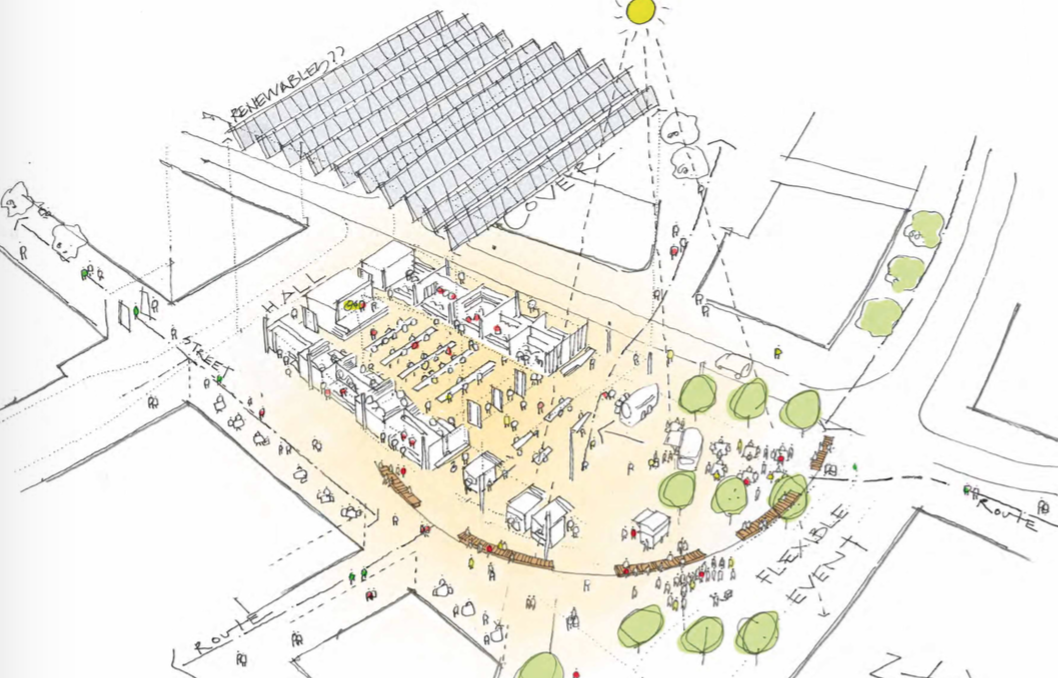

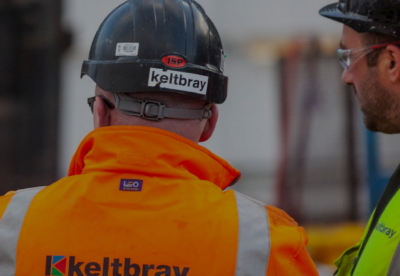
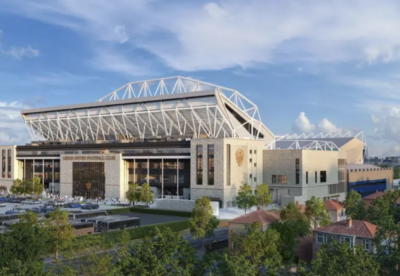
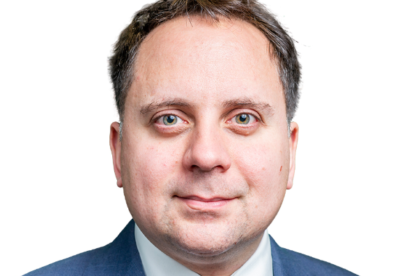

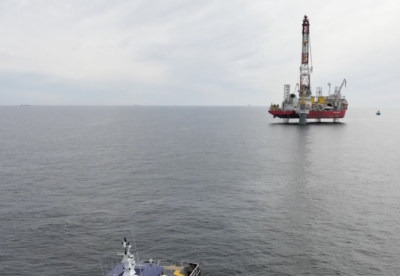
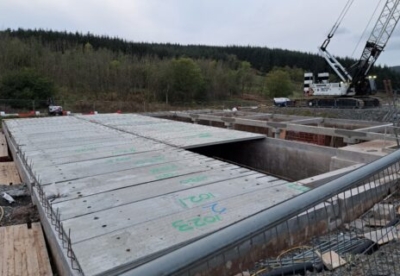


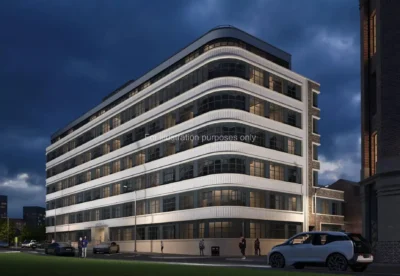
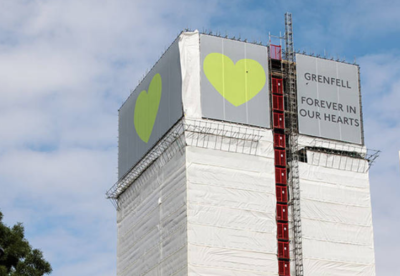
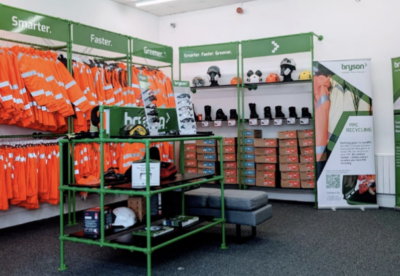

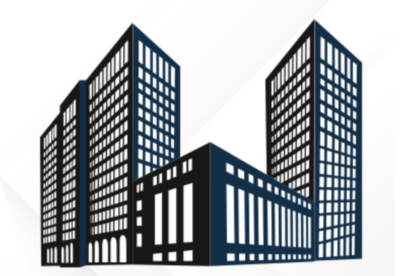
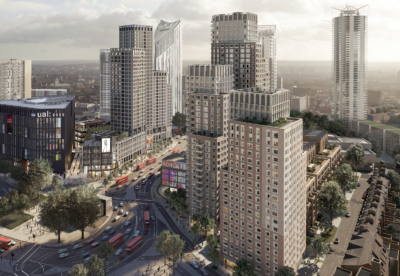
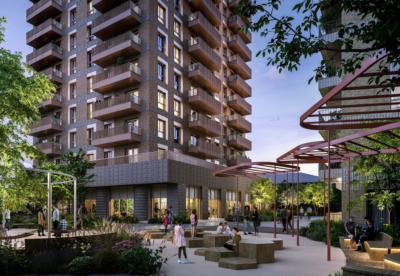

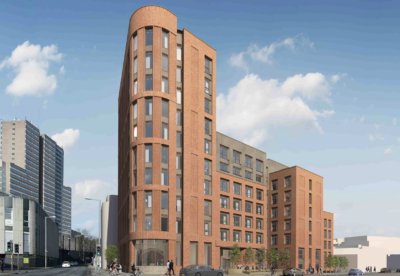
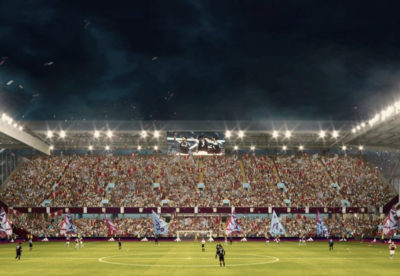
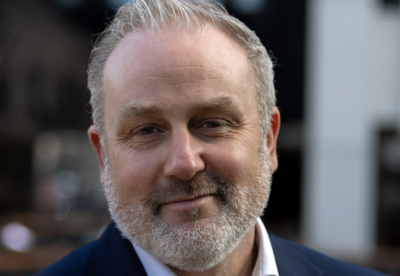
 (300 x 250 px).jpg)
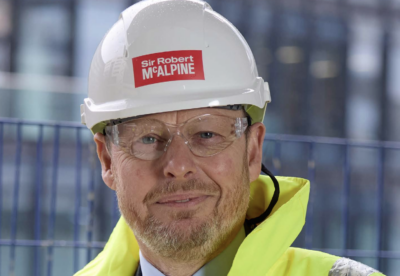
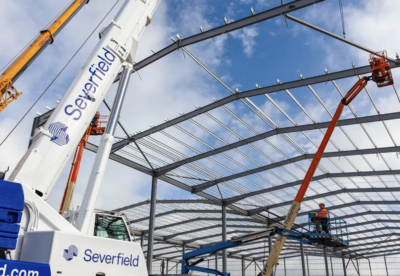
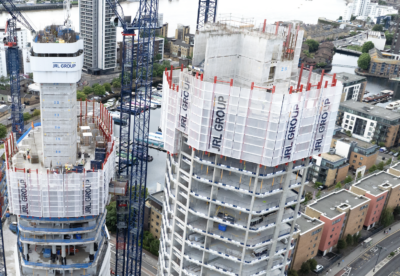

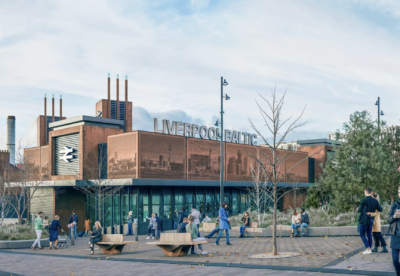
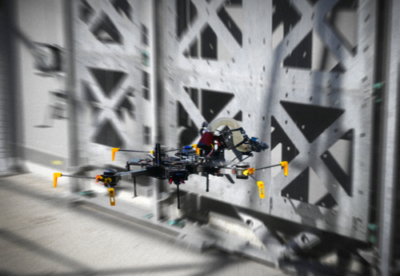


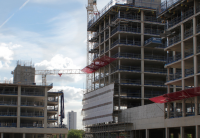
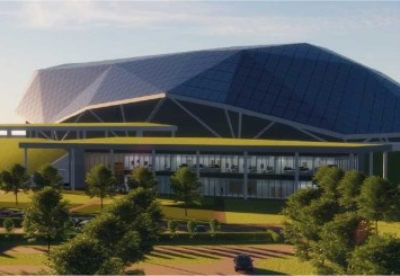


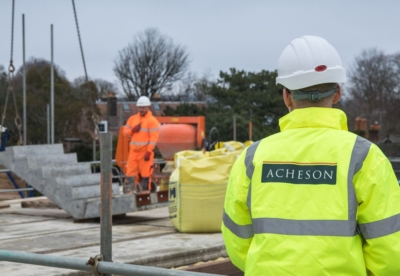
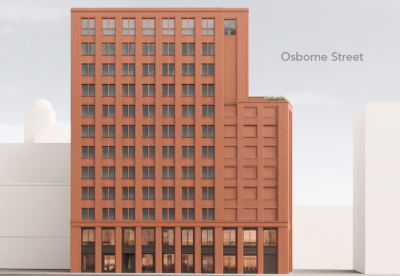

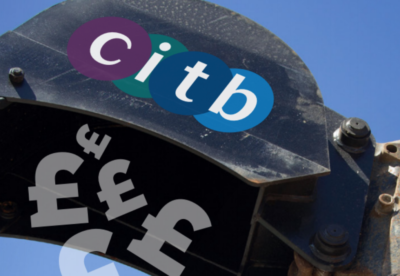
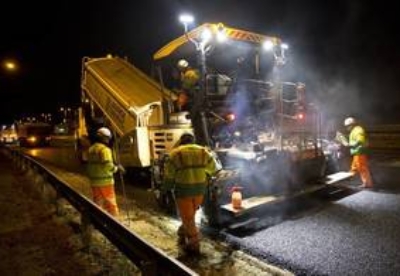






.gif)
